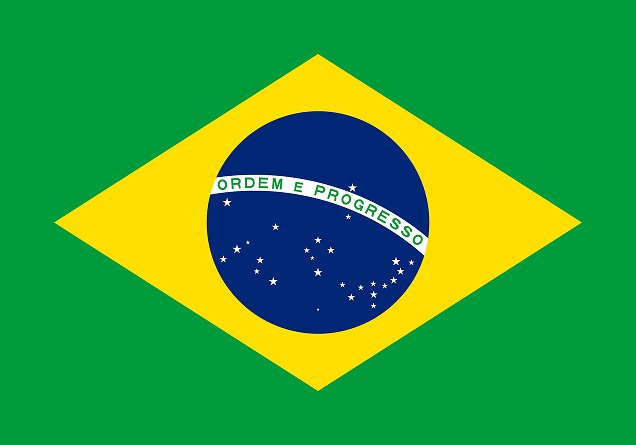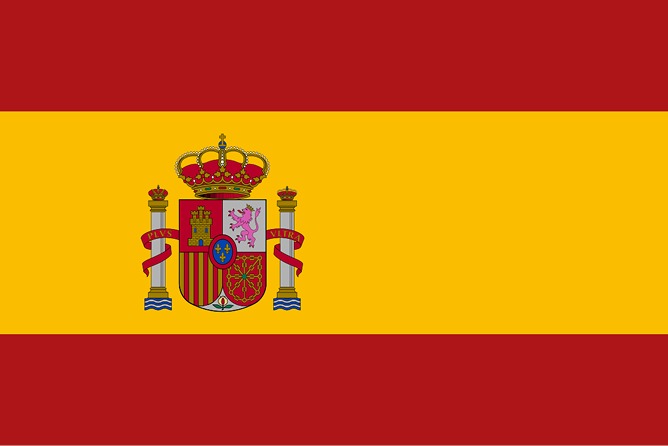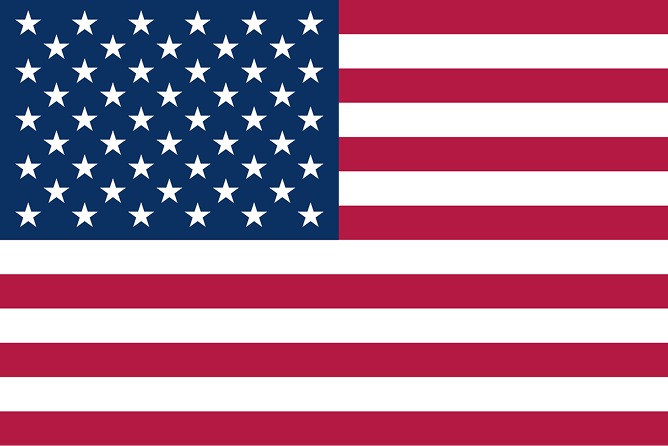We can't find the internet
Attempting to reconnect
Something went wrong!
Hang in there while we get back on track
Mahogany conservation: status and policy initiatives
07/06/92| Título | Mahogany Conservation: Status and Policy Initiatives |
|---|---|
| Autores | Bruce D. Rodan Adrian C. Newton Adalberto Verissimo |
| Ano de publicação | 1992 |
| Meio de publicação | Environmental Conservation, vol. 19, no. 4, 1992, pp. 331–42 |
| DOI | https://doi.org/10.1017/S0376892900031453 |
Rodan, B. D., Newton, A. C., & Verissimo, A. (1992). Mahogany Conservation: Status and Policy Initiatives. Environmental Conservation, 19(4), 331–338.
Abstract
Mahogany is one of the premier timbers of commerce, Lcommanding high prices on world markets and with a long tradition of commercial use. “True” mahoganies are species of the genus Swietenia, and are native to wet and seasonally dry forests of Central and South America, in which they occur as large, canopy-emergent trees, often with buttressed trunks. Timber from these species is usually obtained by the selective logging or clear-felling of primary forests. Very few plantations of Swietenia species have been successfully established in areas where maho- ganies are native, due to attacks by shoot-boring insects. (principally Hypsipyla grandella Zeller).
The current high deforestation rates in South and Central America, and the lack of an alternative local source for mahogany timber, have led to a growing concem for the conservation of Swietenia species. In particular, the dysgenic (ie. exerting a detrimental effect on hereditary qualities) selection caused by repeated selective felling of the best trees over many years has resulted in the extreme genetic erosion of one of the mahogany species (Styles & Khosla, 1976; Styles, 1981), with the same dysgenic logging practices continuing over the geographic range of the genus Swietenia.
In March, 1992, the United States and Costa Rican governments proposed that the genus Swietenia (the American mahoganies) be listed in Appendix II of the Convention on International Trade in Endangered Species (CITES). Parties to the Convention confirmed the listing of S. mahagoni in Appendix II, but the concurrent proposal to list S. macrophylla was modified and then withdrawn by the United States prior to voting. Listing in CITES Appendix II requires the documentation of trade volumes and conservation status, and that international trade permits be issued only after the government of the ori ginating country has determined that the trade is compa- tible with maintaining that species throughout its range at a level which is consistent with its role in the ecosystems in which it occurs. Such a listing does not constitute a ban on trade, as does Appendix I, and is intended to forestall the necessity for such action.
This paper explores the scientific and policy rationale for this CITES proposal outlining the current conserv- ation and genetic status of the mahoganies, and highlighting the need to control illegal trade and to conserve remaining mahogany resources. Particular emphasis is placed on S. macrophylla, the species currently dominating international trade, and on options that are available to encourage sustainable harvesting of this species.
 PT
PT
 ES
ES
 EN
EN

